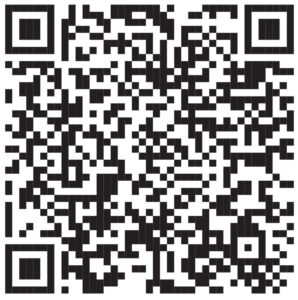Sponsored content brought to you by
What are some of the challenges biologists face when performing experimental assays?
There is a lot of wasted time and effort when assays are performed without being properly annotated, which is unfortunate. Redundant work arises from poorly managed and unsearchable assay data. Insufficient documentation affects reproducibility, causing team members to run protocols with slight variation. When it’s time to publish results or file for patents, teams are often faced with challenges in reporting key details because data is not organized in a way that facilitates querying. These issues can hinder research and intellectual property claims.
Why is having standardized assay descriptors that adhere to FAIR principles important for research teams?
Having standardized assay descriptors that adhere to FAIR (Findable, Accessible, Interoperable, and Reusable) principles is crucial for research teams because it ensures that assay data is consistently structured and well-documented. Standardized descriptions promote efficient data sharing and collaborations. Interoperability allows seamless integration with other systems and tools, streamlining data exchange and analysis. FAIR principles boost data accuracy, reproducibility, and comparability, minimizing redundancy.
What are the current limitations of the standard practice for describing bioassay protocols?
Major limitations of the current standard practice include the lack of widely accepted ontologies and vocabularies, leading to inconsistent and noncomparable descriptions; limited data accessibility, hindering collaboration and knowledge sharing; insufficient metadata, making it challenging to evaluate data reliability and reproducibility; poor reusability, resulting in redundant efforts and missed opportunities; and difficulty in automating processes (including AI applications) due to the absence of structured information.
Are there solutions available in the market that address these challenges?
Collaborative Drug Discovery (CDD) has recently released a new capability within its CDD Vault informatics platform that enables precise and effortless assay annotation based on universal vocabularies, ensuring consistent runs. It also allows the creation of ontology templates that simplify data entry as well as data analysis.
What advantages can better analysis into assays bring to drug developers?
Better analysis into assays offers a multitude of advantages, including an enhanced understanding of compound activity and early identification of promising candidates. Effective bioassays and result analysis enable drug developers to optimize lead compounds and predict in vivo efficacy. Additionally, assay analysis aids in understanding structure-activity relationships, optimizing dose-response relationships, and supporting regulatory compliance and intellectual property claims. Overall, these benefits lead to cost and time savings, improved efficiency, and increased success rates in drug discovery and development endeavors.
How important is it to have a common vocabulary for assays when sharing with collaborators?
A shared vocabulary ensures clear communication among teams, reducing misunderstandings. It facilitates efficient data exchange, analysis, and integration across different research groups and platforms, enabling seamless collaboration. With a common vocabulary, collaborators can quickly understand and interpret assay details, experimental conditions, and results, leading to improved reproducibility and comparability of findings. This is particularly important in the context of publication, regulatory filing, and M&A activities.
Who is CDD, and what’s behind these Assay Annotation capabilities?
CDD has been a player in the informatics space for 20 years, and we dedicated considerable resources to developing our assay annotation technology. In talking to experts in both academia and the industry, we realized that the lack of standard practices is leading to all the problems described above, and there are really no other solutions on the market that can address it the way we can. That is why we decided to commercialize this unique and proprietary technology, making it part of the already widely adopted CDD Vault platform. The advantage of this approach is that users can easily integrate assay annotation into their normal workflow, even sharing the annotation information with
other applications using CDD Vault’s API.

Learn more about CDD Vault’s assay annotation capability, or contact us, at: [email protected].



